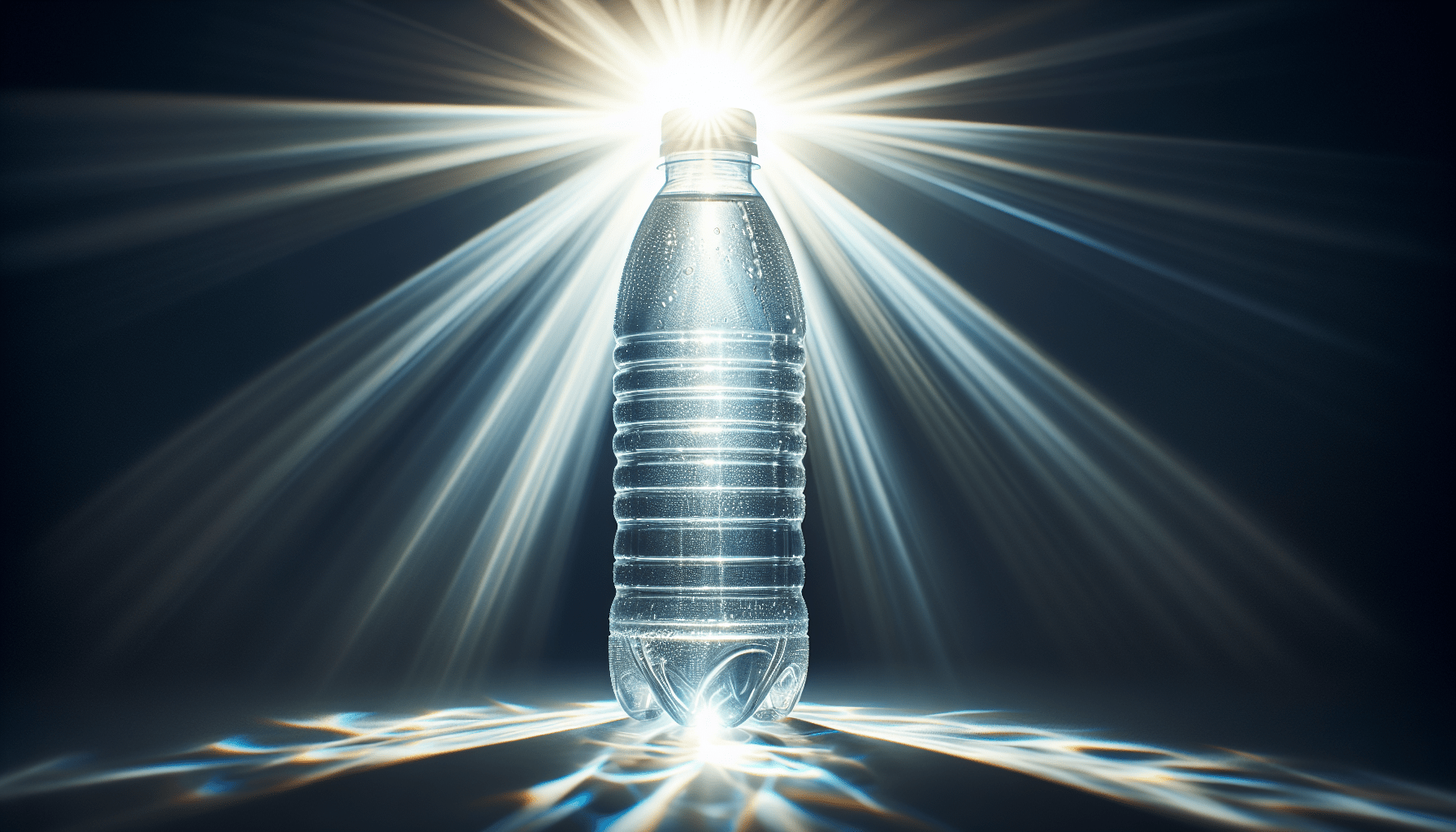Hey there! Have you ever wondered if PET plastic is actually bad for you? While PET plastic is a common material found in many food and beverage containers, there has been some concern about its potential health effects. Let’s take a closer look at whether or not PET plastic is something you should be worried about. Stay tuned to find out more!
Is PET Plastic Bad For You?
Have you ever wondered about the safety of the water bottle you reach for every day? Is PET plastic really as harmless as we’re led to believe? Let’s take a closer look at the facts and determine whether PET plastic is bad for you.
Understanding PET Plastic
PET plastic, or polyethylene terephthalate, is a thermoplastic polymer resin commonly used in the production of food and beverage containers, such as water bottles and soda bottles. It is lightweight, durable, and easily recyclable, making it a popular choice for packaging materials.
PET plastic is known for its clarity, strength, and resistance to impact, which is why it is commonly used in the food and beverage industry. It is important to note that PET plastic is distinct from other types of plastics, such as PVC or polycarbonate, which may contain harmful chemicals like BPA.
But, is PET plastic truly safe for everyday use? Let’s delve deeper into the potential risks associated with PET plastic.
The Concerns Surrounding PET Plastic
While PET plastic is generally considered safe for food and beverage packaging, there are some concerns about its potential health risks. One of the main issues with PET plastic is the possibility of leaching chemicals into the contents of the container, especially when exposed to heat or sunlight.
It is important to be aware of the limitations of PET plastic and take proper precautions to ensure the safety of your food and beverages. Let’s explore some of the key factors that may impact the safety of PET plastic.
Leaching of Chemicals
PET plastic has been found to leach antimony, a toxic metalloid, into its contents, especially when exposed to high temperatures. Antimony is a known carcinogen and can have harmful effects on human health when consumed in large quantities.
To reduce the risk of chemical leaching, it is recommended to avoid exposing PET plastic containers to extreme heat and sunlight. Additionally, be cautious when reusing PET plastic bottles, as repeated use can increase the likelihood of chemical leaching.
Bisphenol A (BPA) Contamination
Unlike some other types of plastics, such as polycarbonate, PET plastic does not contain BPA, a chemical compound that has been linked to various health problems, including hormonal imbalances and reproductive issues. However, there have been reports of BPA contamination in PET plastic products due to cross-contamination during the manufacturing process.
To minimize the risk of BPA exposure, opt for BPA-free PET plastic containers or choose alternative packaging materials for your food and beverages.
Safe Handling and Use of PET Plastic
Despite the potential concerns surrounding PET plastic, there are steps you can take to ensure its safe handling and use. By following these guidelines, you can reduce the risk of chemical leaching and contamination in your PET plastic containers.
Proper Storage and Handling
Store PET plastic containers in a cool, dry place away from direct sunlight and heat sources to prevent chemical leaching. Avoid microwaving or freezing PET plastic containers, as extreme temperatures can increase the likelihood of chemical migration.
Single-Use vs. Reusable Bottles
Consider the intended use of your PET plastic bottles when deciding whether to reuse them. Single-use bottles are designed for one-time use and may not be suitable for repeated use, as wear and tear can compromise the integrity of the plastic. Opt for reusable PET plastic bottles that are specifically designed for multiple uses to minimize the risk of chemical leaching.
Recycling and Disposal
Recycling PET plastic containers is an effective way to reduce environmental waste and promote sustainability. Look for recycling symbols on PET plastic containers and follow local recycling guidelines to ensure proper disposal. Avoid burning or incinerating PET plastic containers, as this can release harmful toxins into the environment.
Conclusion: Is PET Plastic Bad For You?
Ultimately, the safety of PET plastic depends on how it is handled, stored, and used. While there are potential risks associated with chemical leaching and contamination, following proper guidelines for the handling and disposal of PET plastic can help mitigate these concerns.
To minimize your exposure to harmful chemicals, opt for BPA-free PET plastic containers, avoid extreme temperatures, and recycle your PET plastic products responsibly. By taking these precautions, you can enjoy the convenience and versatility of PET plastic without compromising your health and well-being.
So, is PET plastic bad for you? The answer lies in your hands. By making informed choices and practicing safe handling of PET plastic, you can enjoy the benefits of this versatile packaging material without sacrificing your health.
